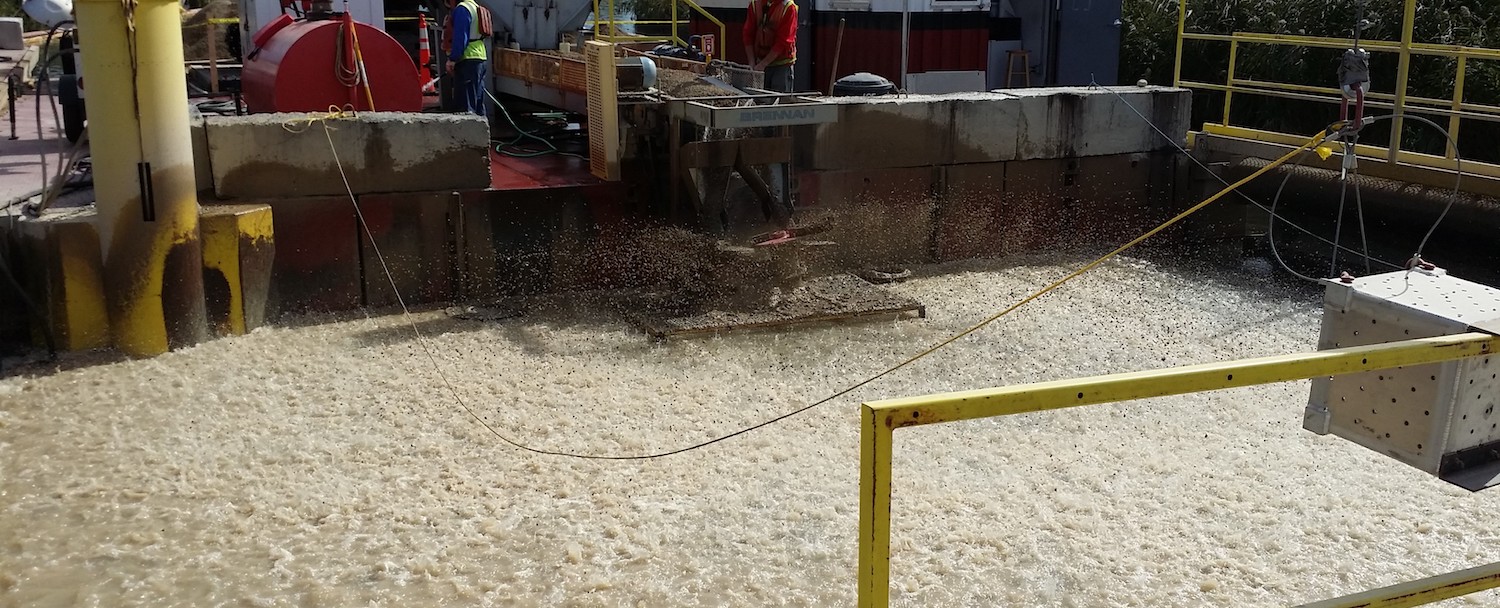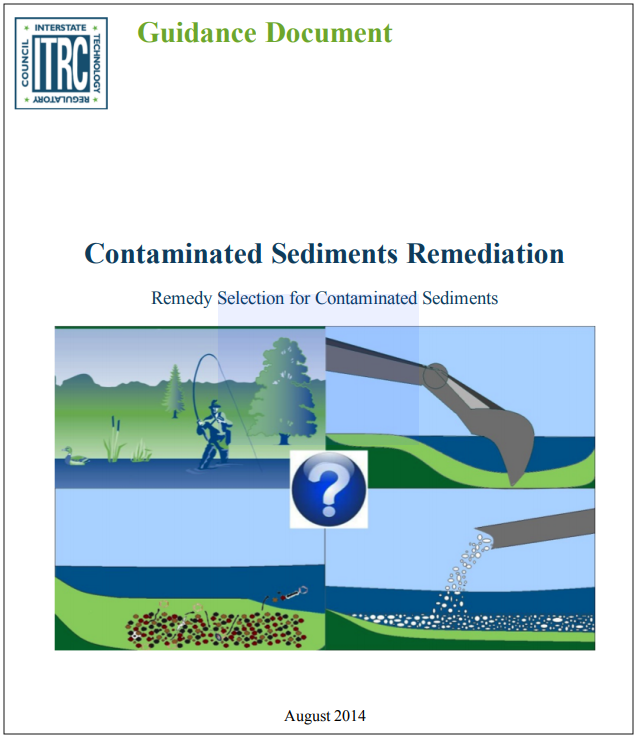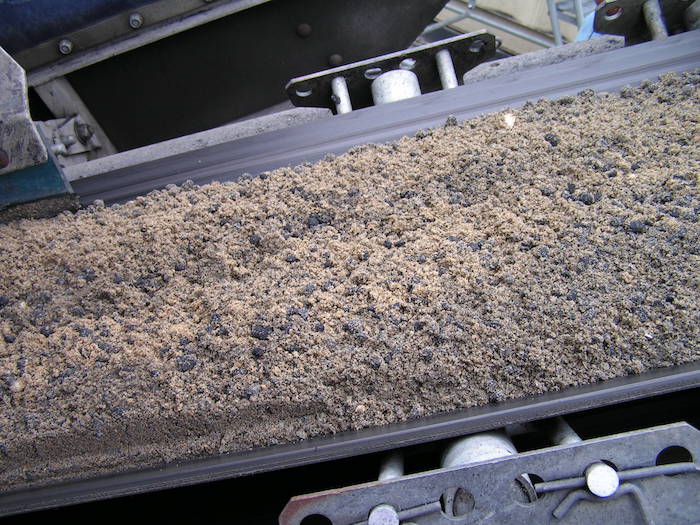Key Advantages
Active capping provides immediate relief while reducing long-term levels of contamination (toxicity reduction).
Enables the ability to address a range of contamination issues that single treatment can effectively address (e.g. treatment trains).
Active capping allows for sequestration of higher contaminant levels in much thinner layers that conventional or un-amended caps.
ITRC’s Contaminated Sediments Guidance Document refers to this as “Amended Capping” and defines it as follows:
“When conventional capping is not feasible, amended capping may offer a more protective and less intrusive option. Amended capping is defined as the use of any materials which may interact with the contaminant to enhance the sequestration properties of the cap. Using alternative materials to reduce the thickness or increase the protectiveness of a cap is also sometimes termed "active" or "reactive" capping. An amended cap is used to meet one or more of the following objectives:
Reduce permeability at the sediment-water interface to limit interstitial water exchange processes, such as groundwater upwelling or tidal pumping.
Increase the sorption capacity of the cap layer, which reduces the thickness of the cap needed to retard contaminant migration.
Enhance contaminant transformation and degradation processes to reduce or eliminate contaminant release into the overlying water.”
The goal of Active Capping is to reduce toxicological risk factors by chemically altering contaminants, adsorbing a portion of the contaminants or reducing flux that transports contaminants through a permeable cap material. Active Capping provides immediate relief to the ecosystem while reducing long-term levels of contamination that can impact the new clean benthic layer.
AquaGate®+ offers an amendment alternative that has been demonstrated to enhance the performance of Active Caps and improve the quality of the installed remedy.
AquaGate+ materials have been used extensively in Active Capping applications and offer the following benefits:
Bulk placement through water – easy application
Control of treatment layer loading (amount of material placed) – in single lift
Ability to implement treatment trains for multiple contaminants
Ability to monitor treatment effectiveness – conventional cores
Uniform delivery – ability to mix AquaGate+ with sand or aggregate bulking materials while maintaining uniform distribution of the treatment materials
AquaGate+ materials simplify installation of an active cap using conventional equipment or high-volume material handling equipment. A large amount of material can be quickly placed in uniform, thin layers. Typically, if AquaGate+ is mixed with sand or other bulking material, the ‘active’ or ‘reactive’ content is more uniformly distributed both vertically and horizontally within the capping layer. Generally, no subsurface preparation is necessary with bulk material placement – material will conform to debris or other variations. Bulk placement is not limited by water depth and can be used in higher energy environments like tidal rivers.
Unlike treatment mats, placement of AquaGate+ eliminates the need for divers, anchor trenches, ballast, or the need to seam panels. AquaBlok® and AquaGate+ can be used in combination to provide a Funnel & Gate approach to addressing groundwater upwelling or gas transmission.
At complex sites where multiple contaminants exist, a range of AquaGate+-based amendments are available that offer the potential to place materials in layers or lifts to create ‘treatment trains’, offering the ability to sequester a range of contaminants. For example, where metals and hydrophobic contamination is present, an AquaGate+Provectus-IRM may be placed first, with AquaGate+PAC or AquaGate+Organoclay used as a secondary layer.




